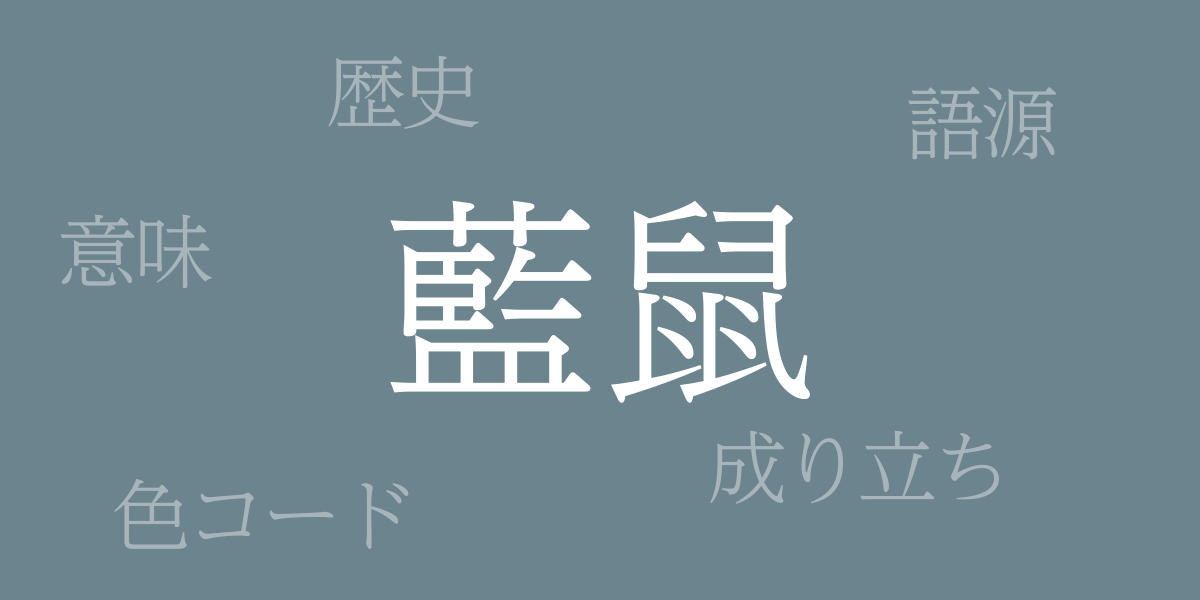Colors are a mirror reflecting emotions and cultures. Among Japan’s traditional colors, “Ainezumi (藍鼠 – あいねず)” continues to captivate many with its unique hue. This article delves into the profound allure of Ainezumi, exploring its history, color code, and its international name, introducing the rich palette of Japan’s tradition through the serene beauty of Ainezumi.
About Ainezumi (藍鼠 – あいねず)
Ainezumi is a distinct color that blends blue and grey, reflecting the traditional Japanese aesthetic that appreciates nature’s subtlety. It’s a color that conveys calm yet profound expressions, highly favored in traditional garments, interior design, and artworks for its popularity and versatility in expressing traditional Japanese aesthetics.
The History of Ainezumi
The use of Ainezumi dates back to ancient Japan. During the Heian period, the nobility favored blue hues, and Ainezumi continued to be popular among samurais and townsfolk in subsequent eras. Indigo dyeing, suited to Japan’s climate and unique to its culture, evolved significantly, making Ainezumi a deeply ingrained color in the lives of the Japanese people by the Edo period.
Ainezumi Color Code
For accurate reproduction in digital designs and web development, the following color codes for Ainezumi are provided:
- HEX: #6C848D
- RGB: R:108 G:132 B:141
- CMYK: C:64 M:44 Y:41 K:0
International Name of Ainezumi
The international name for Ainezumi is “Slate Gray.” This name derives from the color of slate rock, which similarly exhibits a greyish-blue hue, mirroring the quiet and composed nature of Ainezumi. This term facilitates global color communication, accurately conveying the essence of Ainezumi.
Summary of Ainezumi
Ainezumi represents a traditional color fostered by Japan’s natural and cultural heritage. With a history spanning centuries, it remains beloved to this day. Its tranquil hue is invaluable in modern design and fashion, enhancing its significance as a color that communicates Japanese traditional beauty to contemporary realms. Using the color code for Ainezumi, consider incorporating this exquisite hue into your creative projects.

























